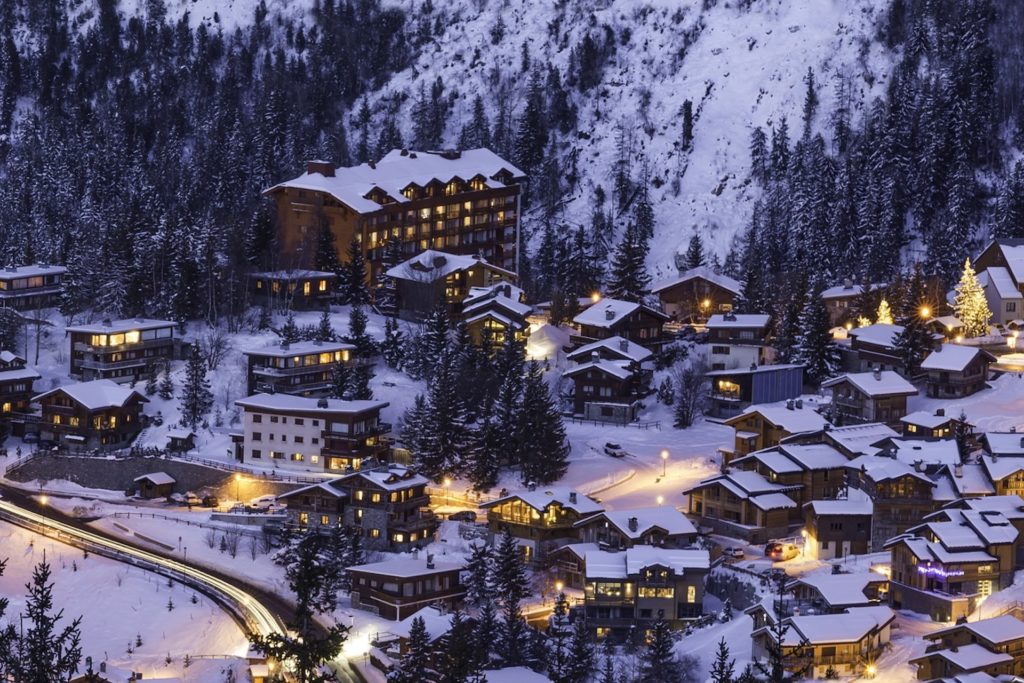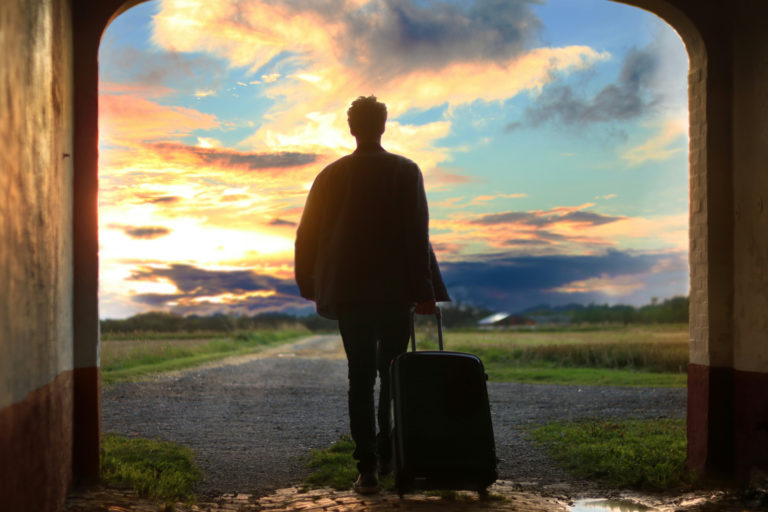
A complex set of challenges has long attended the ski resort industry. While demand, particularly in Europe, has remained strong, the margins for resorts have never been large, and there is fierce competition between consolidated destinations that have always had to contend with the business’s seasonality.
Major efforts have been made for more than a decade to explore business opportunities outside of the winter months, and investment in summer attractions has not been in vain. But the focus and the highest earnings belong, without doubt, to the short winter months.
In 2020, new challenges arose related to Covid-19, especially in the face of the near-total cessation of travel. Even coming into the winter of 2020-2021, these travel restrictions have remained complicated. In Andorra, borders have remained closed, with gradual reopenings following the restrictions and guidelines set by Spain and France, its two main markets. The French government prohibited its citizens from skiing this winter.
Resorts themselves have internally taken a number of measures to preserve the loyalty of long-time customers, as well as respond to the new demands of the health crisis. Various novel insurance options have been created, including travel and ski pass reimbursement when guests are prevented from taking their holidays for Covid-related reasons. Safety and hygiene measures have also been implemented that include mandatory mask use in all spaces, chair lift and cabin disinfection, stringent limits on indoor capacity, and reorganization of lift lines, among other initiatives.
Local businesses have been greatly impacted, of course, though many a ski resort reports increased synergies in the sector. Some hotels have demonstrated a welcome flexibility in their packages, and there have been marked reductions of commissions in other service establishments.
By and large, however, with the weeks of an already-short season being drastically reduced, the resorts have relied on State aid for survival. Measures have been activated to compensate for ski-sector-related job loss, and other conservation efforts have been made to protect the market and basic employment levels. But governments and resorts are well aware that health protections must be the first priority, a fact made abundantly clear by the post-Christmas arrival of the 3rd wave of infections. Hospital capacity maintenance and reduction of risk have forced governments to take on the burden of industry survival, rather than risk a larger crisis by reopening too soon.
With vaccine campaigns well under way, however, and a presumed light at the end of the tunnel, the ski resort industry may be able to begin generating income again as soon as the summer of 2021. While summer revenues are in no way comparable to those of the winter months, years of heavy investment in the summer season in order to break seasonality is looking as though it will pay off. Much resort development has focused on creating new summer products more economically sustainable resorts, and even in 2020 recorded record customer data. In addition, with numerous restrictions still in place and many guests looking to book activities geared towards nature and open spaces, these crowd-free attractions are likely to be more popular than ever. While there may be no illusions about being able to recoup the winter losses, it’s an optimistic outlook after a very complex year.
Positive customer behavior bodes well for the 2021-2022 ski season as well. Multiple surveys have demonstrated that though customers have not been able to ski because of mobility restrictions, the desire is still strong, and this should be a key tenet of resort management going into the next winter. These customers are not fearful of engaging in ski resort activity; they have simply been prevented from doing so, and will return as soon as restrictions are lifted.



